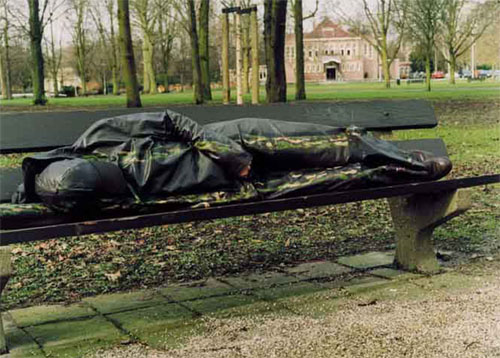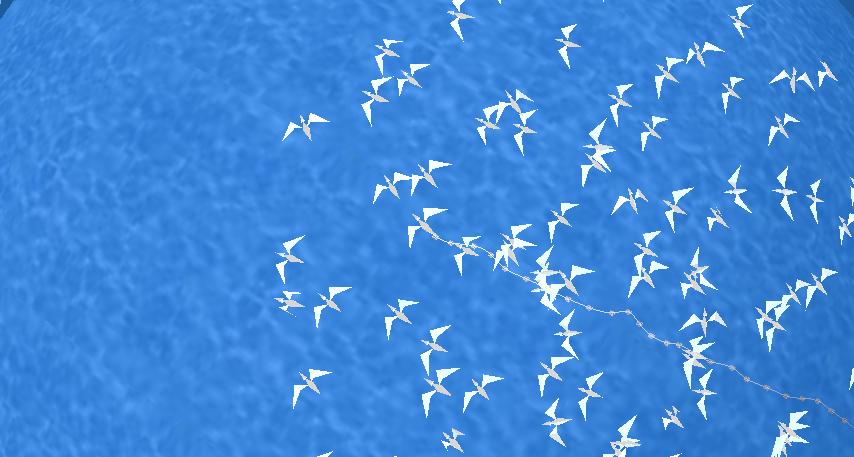Trending
Opinion: How will Project 2025 impact game developers?
The Heritage Foundation's manifesto for the possible next administration could do great harm to many, including large portions of the game development community.

Featured Blog | This community-written post highlights the best of what the game industry has to offer. Read more like it on the Game Developer Blogs or learn how to Submit Your Own Blog Post
An example of two simple exercises to get those creative juices flowing.

Many creative fields employ workshops where the attendants take part in various types of challenges. These tasks are usually meant to hone one's skills, but also to explore specific concepts. What's interesting here, though, is that people often find themselves liberated by these constraints.
It's a fascinating phenomenon that gives a little insight into how we think and create. What it suggests is that when the world is our oyster, it's a lot more difficult to come up with a good idea. The possibilities are endless, and we simply have a hard time starting off.
By limiting our choices, we slices away a lot of the unknown. What we're left with is a challenge with a goal, and to conquer it our brains go into a problem solving mode. It's not be the most romantic conceit, but it can result in some surprisingly creative work. I was mulling this over while looking at various 2D, raster-based indie games I've played in the past year (pictured below):
Some of these titles perfectly exemplify working with limitation, e.g., let's see what we can create using a limited palette and a small resolution. Others take the opposite route by removing handicaps and going directly against the status quo of a long standing tradition, e.g., let's see what we can create when don't have to worry about tile-based maps and sprites whose dimensions must be multiples of 2.
Putting this into practice, I decided to give myself a challenge: create two relatively fun-sounding concepts, one based on a handicap and the other on the removal of a constraint. I chose the Atari 5200 and its limited palette for the first task, and the Nintendo Wii and its ability to simultaneously render hundreds of sprites for the second task.
As I was finalizing these goals, my brain was already busy analyzing the possibilities...

urban-bench-sleeper-camouflage
The focus of my first concept...1). Atari 5200 entry.
For my first challenge, I envisioned a stealth-based action platformer, with a clear focus on camouflage. With only 4 colours to work with, I planned on using black to outline various features and fill in the background, while a different colour would be used for foreground elements. A third colour would be dedicated to the main character and the HUD, and the final colour would be used for enemies. This would create a very clean look and provide significant contrast between the scenery and its mobile inhabitants.
The player's goal would be to run, jump and ambush his opponents while traversing variously themed environments. Through the use of some clever transparency and stippling (or even dynamic alterations to the character's palette), the player's avatar would seamlessly blend in with his surroundings, allowing him to deftly take care of his foes.

flocking-boyd1
...and of the second.2). Nintendo Wii entry.
The second challenge's plethora-of-sprites concept immediately made me think of a casual, top-down strategy game. I imagined controlling -- or rather influencing -- a large swarm intelligence reminiscent of boids. This would be the player's army, relentlessly marching forward and battling other swarms in its path.
The control scheme would be very minimal, relying on a few basic gestures that would dictate movement and various attacks and maneuvers. The challenge would stem from adjusting to the rival armies, constantly responding to their actions while accommodating for environmental stimuli.
Neither one of these ideas might be that new or unique, but neither one is wholly generic. They also both exemplify how useful it is to add or remove a handicap in order to kick-start the creative process.
If you were faced with the same challenge, what would you create?
Radek Koncewicz is the CEO and creative lead of Incubator Games, and also runs the game design blog Significant-Bits.
Read more about:
Featured BlogsYou May Also Like